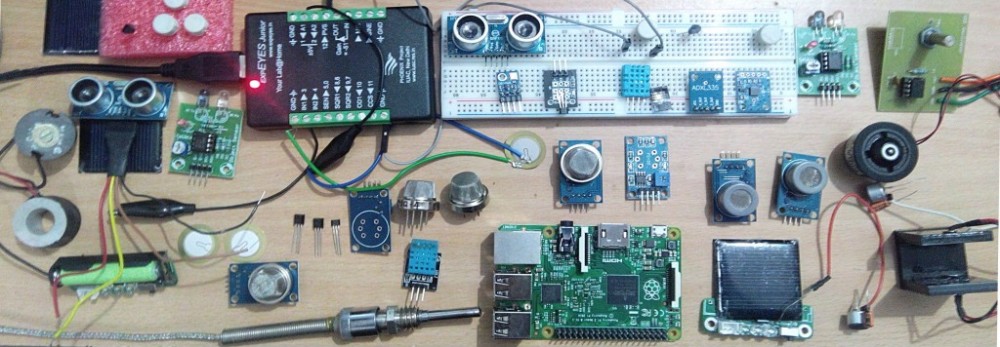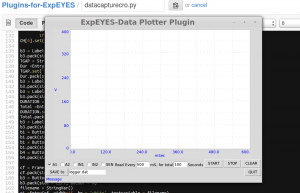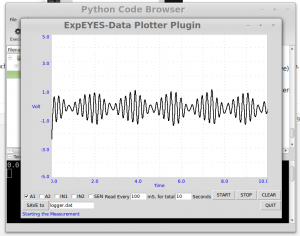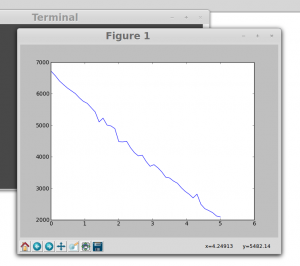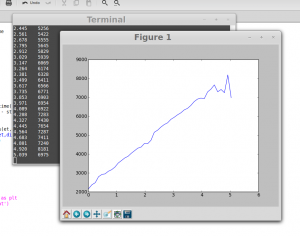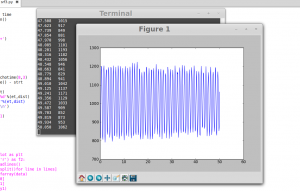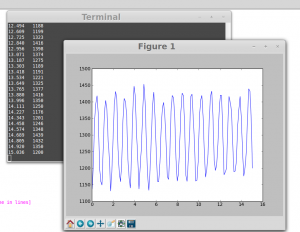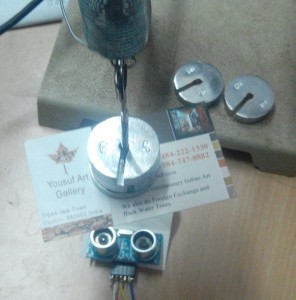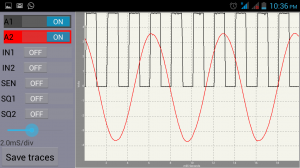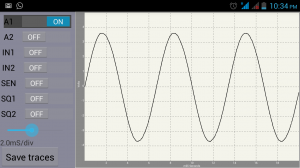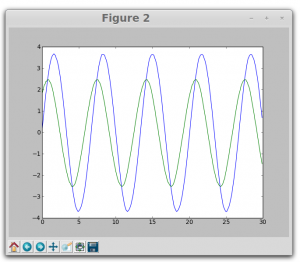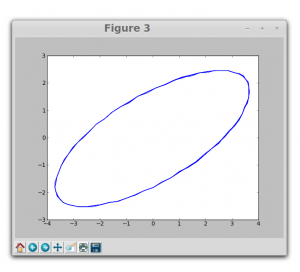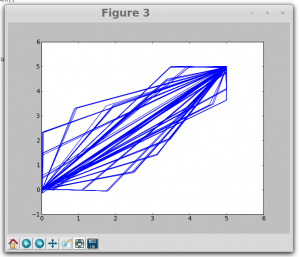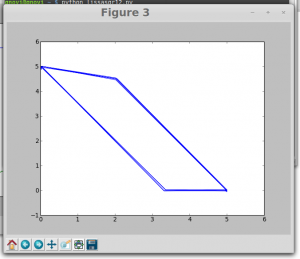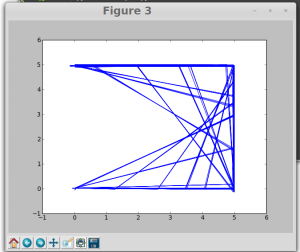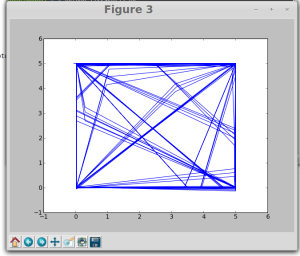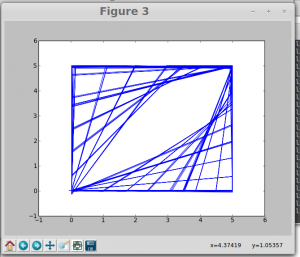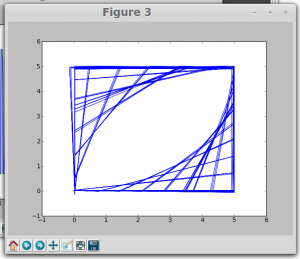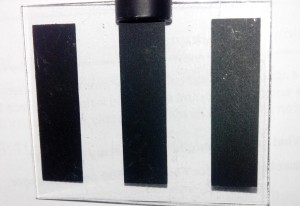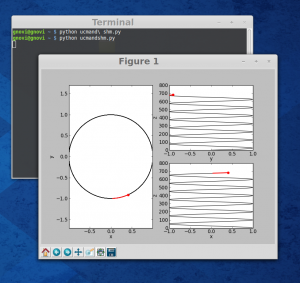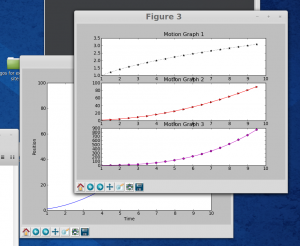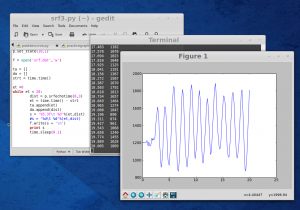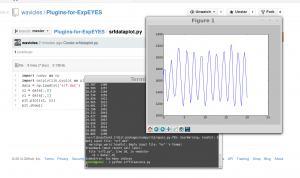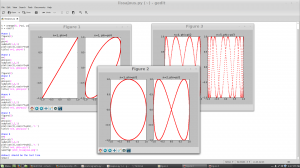This week I continued to do the experimental with Doppler Effect using a pizzo buzzer as a source and a simple mic as a detector. Facing difficulties is calculating apparent frequency in case of oscillating source.
It is easy to calculate Doppler frequency shift in case of a source moving with constant velocity. Both the experimental setups are ready. Created a draft document for experimental procedures. Need to review and finalize the document. Also worked on the required python code to fetch data from detector and get the Doppler Shift.
For accessing Data from all channels of ExpEYES we need a GUI which can plot graphs, something like a data logger. Today I started working on python code to develop a GUI to assess channels A1, A2, IN1, IN2 and SEN. Used the program written by Dr. Ajith Kumar as the base and started developing the code. Spent a lot of time …..happy that the result is awesome…..
With this GUI we can fetch data from any channel and save it to a dat file and see the plot in real time. It is time to forget all costly and closed source dataloggers…..ExpEYES can do a better job….most affordable…..open source….respects your freedom….. ![]() My mentors will be very happy to see this….:)
My mentors will be very happy to see this….:)
This week I also worked on setup of new experiment to measure velocity of sound in different media. We have mentioned this expt in our GSoC proposal. I have an idea to do this for solids but to find velocity of sound in liquids appears very difficult.
- GUI for experiments with Friction
- GUI for Doppler Effect
- Documentation for all these Experiments
- Python Code for a separate GUI for Plotting data from all channels of ExpEYES.
